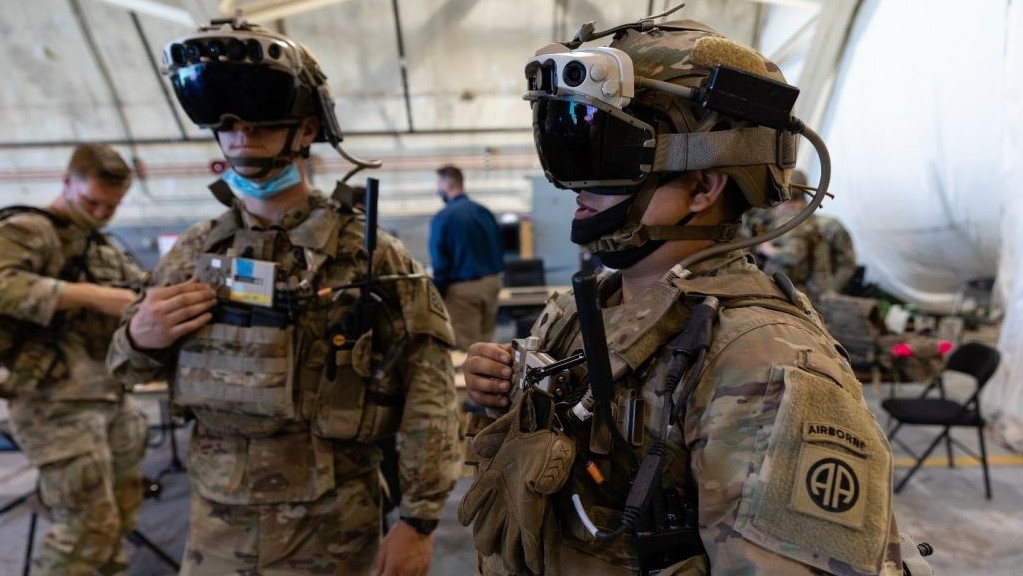What you need to know
- Microsoft is shipping its first batch of HoloLens headsets to the United States Army.
- The U.S. Army Assistant Secretary for Acquisition “cleared the Army to begin accepting” shipments recently.
- Microsoft and the U.S. Army agreed to a contract worth up to $21.9 billion for augmented reality headsets that can be used in combat.
Microsoft’s partnership with the United States Army surrounding militarized HoloLens headsets just took a major step forward. Assistant Secretary for Acquisition Douglas Bush “cleared the Army to begin accepting” the first batch of headsets resulting from the deal. U.S. Army spokesperson Jamal Beck shared details on the advancement (via Bloomberg).
The partnership between the U.S. Army and Microsoft ran into concerns and delays earlier this year. Microsoft first signed the contract with the Army in April 2021, but things have progressed slowly since then. Known as IVAS (Integrated Audio Visual System), the militarized version of HoloLens needs to be useable in a range of combat situations.
An audit by the U.S. Department of Defense raised concerns about the headset. The reported disarray of Microsoft’s augmented reality team likely did not help matters.
It appears that Microsoft and the Army have made progress since then. Beck said that the service “is adjusting its fielding plan to allow for time to correct deficiencies and also field to units that are focused on training activities.”
As reported by Bloomberg, Bush issued a directive to accept delivery of some IVAS headsets last month, but that information was not disclosed until recently. A final test report is expected to occur in October 2022. That report will affect the budget Congress approves in the near future. The fiscal year for the government starts in October, and a $424.2 million budget has been proposed for the IVAS program next year.
“We did a good test and will learn from it,” said Bush in a previous statement. “The Army remains confident that the program will succeed.”
Microsoft’s deal with the U.S. Army could be worth up to $21.9 billion over the next ten years, though that value depends greatly on how many headsets the Army orders.





